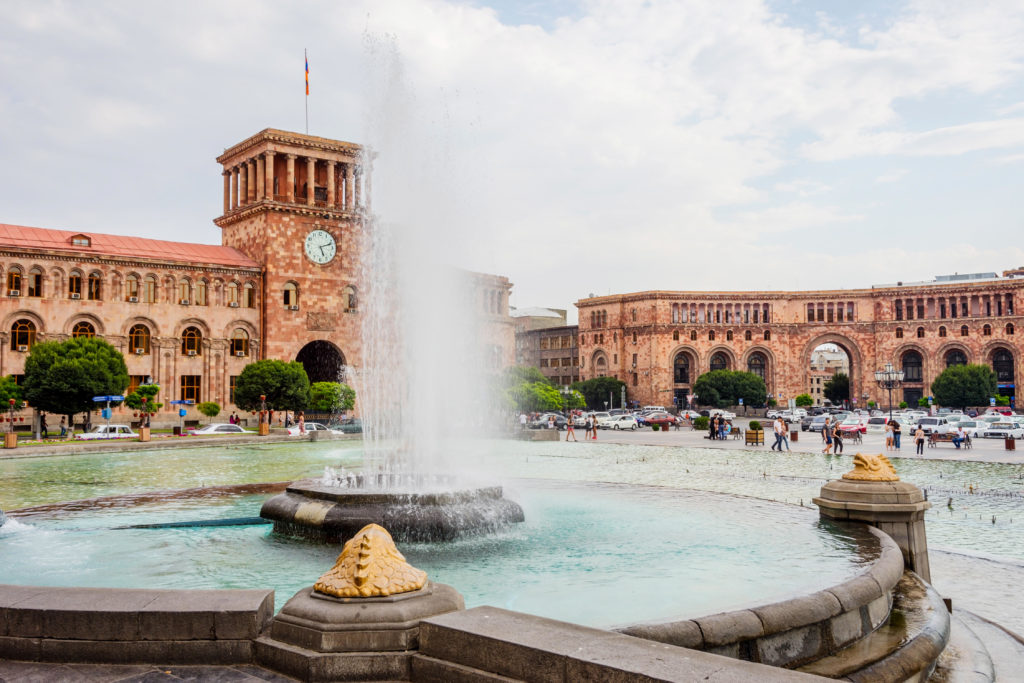YEREVAN
Armenia has raised its economic growth forecast for this year to almost twice the rate it previously predicted amid promising signs of recovery, a rise in prices for commodities on world markets and robust tax collections figures.
The ex-Soviet country’s Prime Minister Nikol Pashinyan said that the government’s projection for growth was revised to 6 percent from a previous projection of 3.2 percent.
Armenia’s gross domestic product (GDP) shrank 3.3 percent year-on-year in the first quarter of 2021 as the impact of the coronavirus pandemic and war over Nagorno-Karabakh damped prospects of recovery. Though Armenia has reported rapid growth in recent years, its economy suffered the double blow of restrictions aimed at containing the COVID-19 pandemic and a six-week conflict between Azerbaijan and ethnic Armenian forces over the Nagorno-Karabakh region and surrounding territories.
Armenia accepted a Russian-brokered ceasefire to end the bloody conflict which secured territorial gains for Azerbaijan. The country’s economy contracted by 7.6 percent in 2020, mainly reflecting a decline in services and trade.
The economy started to show its first signs of recovery in May. Economic activity in the first five months of 2021 increased by 4.3 percent compared to the same period in 2020. Industrial output grew by 2.3 percent in January-May this year from a year earlier Growth was also recorded in other sectors.
Pashinyan told the government that tax collection figures in the first half of this year were “very promising.”
Last month, the South Caucasus country’s Central Bank revised its own economic growth projection for 2021 upwards to 4.6 percent from 3 percent. The bank said that the economic expansion, among other reasons, would be supported by the growth in the service sector by 6.2 percent, up from its earlier forecast of 1.2 percent.
In addition, industrial output is expected to grow by 4 percent, up from an earlier forecast of 0.4 percent. Higher commodities are also helping fuel growth, as copper is one of Armenia’s main exports.
The World Bank predicts 3.4 percent growth in 2021 and 4.3 percent in 2022, while the International Monetary Fund projects growth this year at 1 percent.
In May, Fitch Ratings affirmed Armenia’s long-term foreign-currency issuer default rating (IDR) at ‘B+’ with a stable outlook.
Fitch Ratings said earlier this month that Armenia’s economy would experience a moderate recovery this year and next as the country returned to growth after the COVID-19 pandemic and a flash war with Azerbaijan.
GDP will expand 3.2 percent in 2021 and 4.0 percent in 2022, the rating agency said, adding that while economic activity was returning, some industries, such as banking, still continued to be affected by the recent downturn.
Fitch said that Armenia also had a robust macroeconomic and fiscal policy framework, and credible commitment to reform, both of which were underpinned by the IMF stand-by arrangement.

